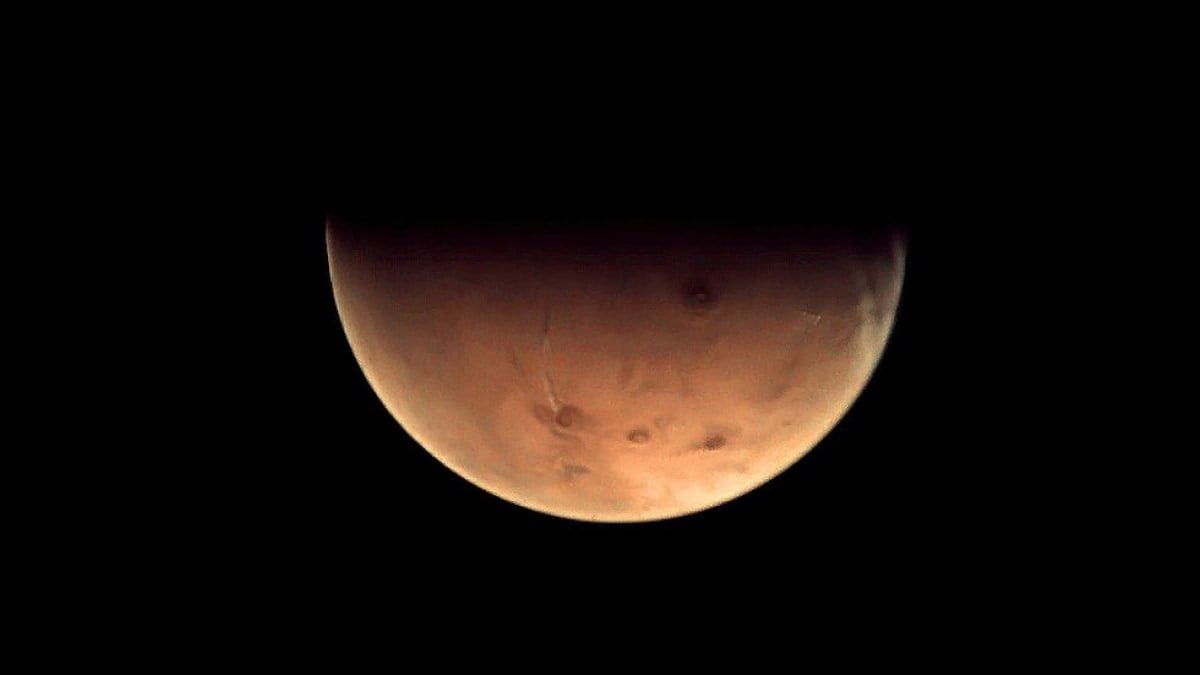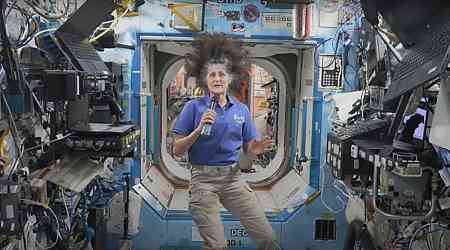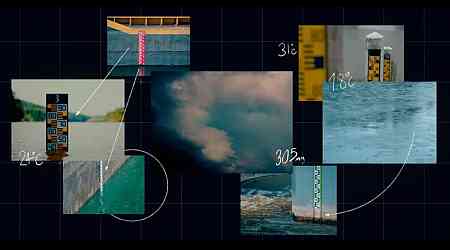In the near future, teleoperated rovers could be conducting important tasks on the moon, controlled by humans from Earth. This would allow for precise handling of various operations, such as collecting samples or assembling equipment. Researchers at the University of Bristol's robotics laboratory in England have been working on a new teleoperation system, recently tested at the European Space Agency's (ESA) European Centre for Space Applications and Telecommunications. Their system allows operators to control a rover virtually and use its tools without relying on live camera feeds, which are delayed due to the 1.3-second lag between Earth and the moon.
Virtual Simulation of Rover Operations
A key aspect of this system is the ability to manipulate a robotic arm in a virtual simulation to perform tasks such as scooping lunar regolith, a material that mimics the properties of real moon dust. The delay in communications between Earth and the moon is bypassed, making operations smoother and more reliable. This innovation could be supported by ESA's Moonlight project, which plans to use satellites to relay signals for lunar missions.
Haptic Feedback for Improved Precision
One of the standout features of this system is the inclusion of haptic feedback, allowing operators to feel the texture and resistance of lunar regolith. Joe Louca, a researcher from the University of Bristol, explained that this feature could help astronauts understand the conditions on the moon, where gravity is only one-sixth of Earth's. Haptic feedback is currently used in simple tasks, but there is potential for more advanced applications.
Future Applications and Challenges
Although developed with lunar missions in mind, these teleoperation techniques could also be adapted for future missions to Mars or asteroid exploration. Louca's team has achieved promising results, with 100% efficiency when collecting material and 92.5% trustworthiness in the system. Despite some challenges with pouring material, adjustments are being made to improve accuracy.
































